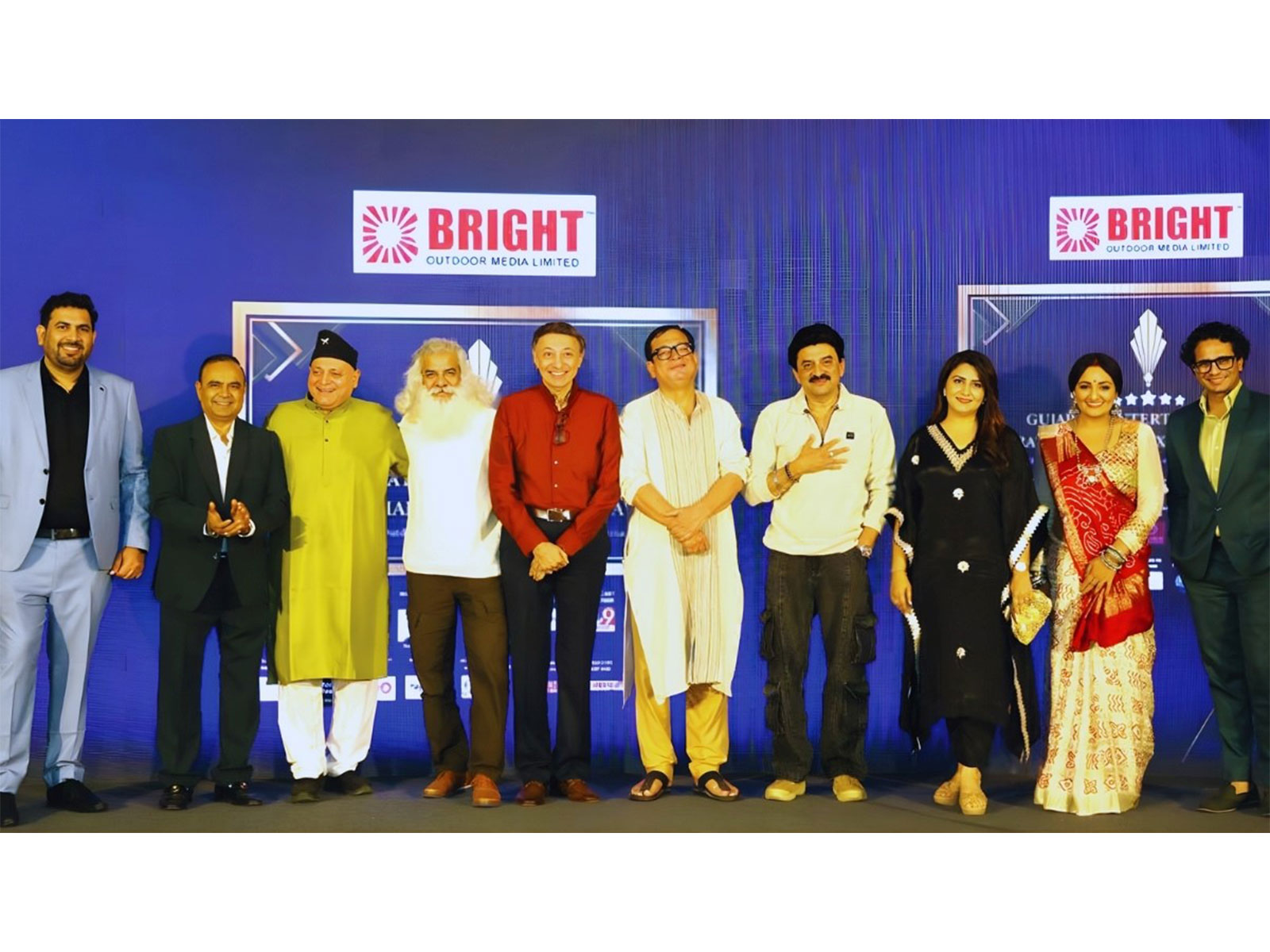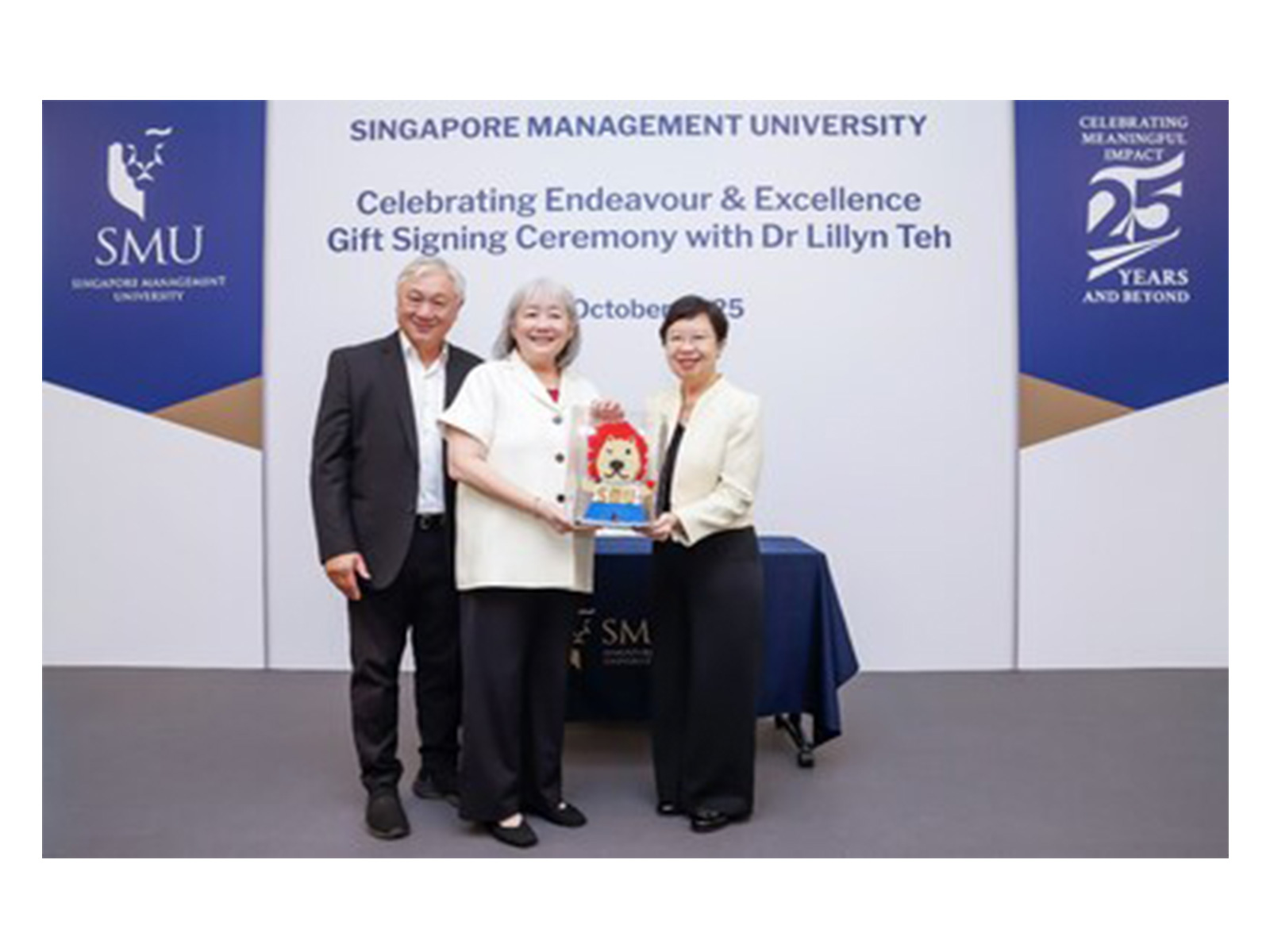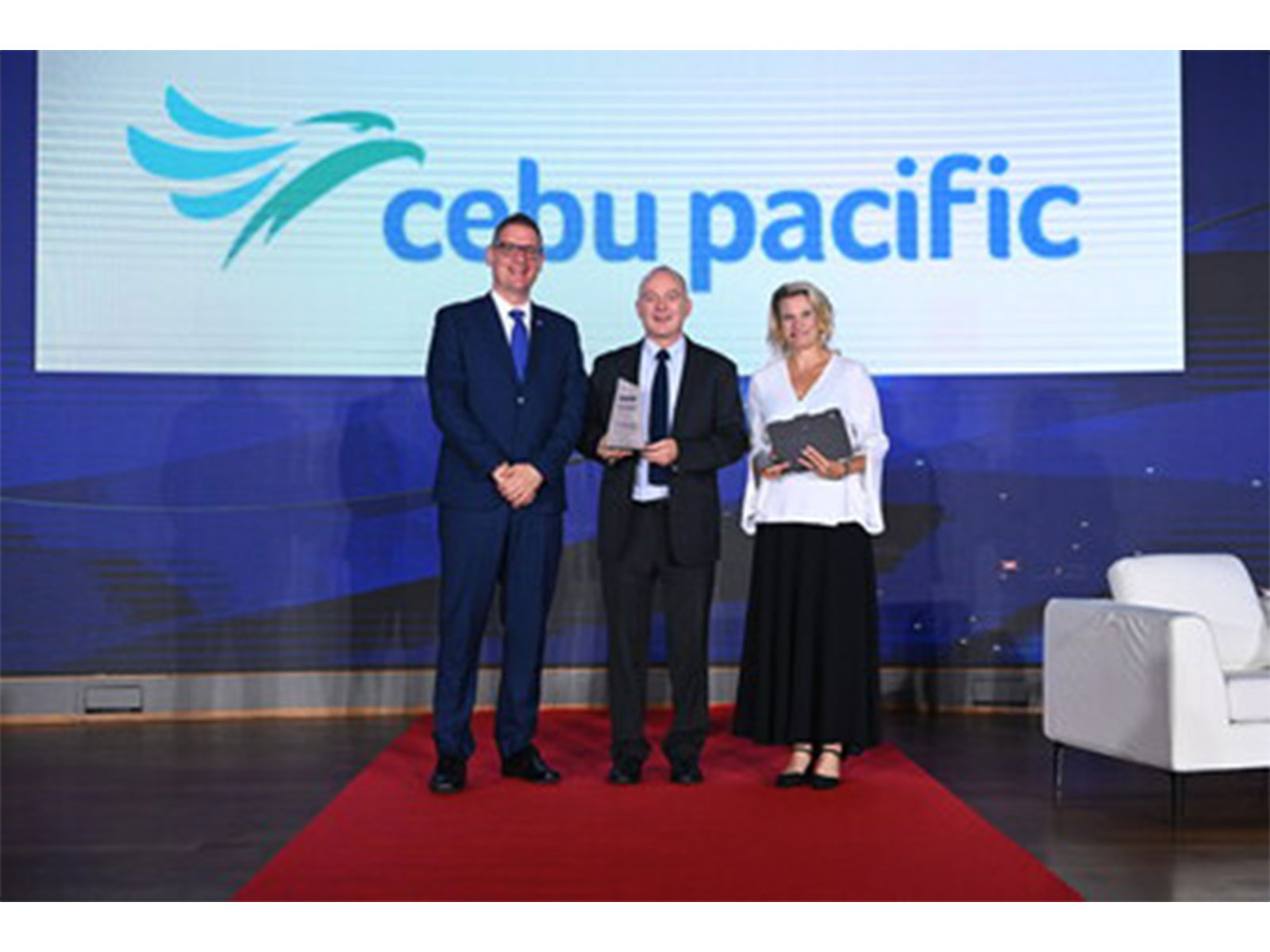VMPL
New Delhi [India], October 31: Breast cancer has emerged as the most common cancer among women in India, with Hyderabad recording the highest incidence rates in the country. The contrast with the USA, where rates have remained stable and screening is widespread, underscores a public health emergency for urban India.
Alarming Trends — Why Hyderabad Leads the Nation
India’s national average for breast cancer incidence has surged by 21% over the past two decades, rising from 22 to 26.6 cases per 100,000 women. Hyderabad has seen age adjusted incidence rate reaching 54 cases per 100,000 — the highest in India(1). In comparison, the USA’s rates are stable at approximately 130-134 per 100,000 women(2), but nearly all American cases are detected early, transforming outcomes dramatically.
Incidence Trends (2000-2022)
The age-adjusted incidence rates reveal striking geographic disparities. India’s national breast cancer incidence increased from 22.0 per 100,000 women in 2000 to 26.6 per 100,000 in 2022, representing a 20.9% increase. However, this national average masks substantial regional variation, with Hyderabad recording the highest breast cancer incidence in India at 54 per 100,000 women(1).
In stark contrast, the USA maintained relatively stable incidence rates, fluctuating between 130-135 per 100,000 women over the same period, with a rate of 132.9 per 100,000 in 2022(2). Notably, while the absolute incidence rate in the USA remains approximately 5 times higher than India’s national average, the temporal trends are moving in opposite directions(3).
As of 2022, India reported 192,020 new breast cancer cases annually with 98,337 deaths, making it the leading cancer among Indian women and accounting for 26.6% of all female cancers(4).
Hyderabad’s incidence rivals major global cities despite less widespread screening, meaning more women are being diagnosed late and facing poorer prospects. According to scientific studies, late diagnosis directly correlates with lower survival rates.
Hyderabad surpassed other major Indian metropolitan areas including Chennai (45.4), Bengaluru (46.7), Mumbai (34.4), Delhi (38.6), and Pune (30.0) in age-adjusted incidence rates(1).
What could be the reasons behind this?
The Westernization of Urban Indian Life
The spike in breast cancer mirrors rapid lifestyle changes:
-Late Marriage and Late Childbirth:
Delaying marriage and childbirth is increasingly common in cities like Hyderabad. Scientific evidence shows that women giving birth after age 30 have a higher risk of breast cancer, with each additional year associated with increased risk, especially for aggressive subtypes like lobular and HER2-positive cancer. Nulliparity (never having children) is linked to a 30% higher risk compared to women who have children early.
India is experiencing a significant shift in reproductive patterns, with increasing proportions of urban women delaying childbearing beyond age 30(5). This contrasts with the UK where 50-60% of women have their first child after age 30(5). Late or absent childbearing eliminates the protective effect of early pregnancy and extended breastfeeding.
-Nulliparity:
The protective effect of pregnancy, which matures breast tissue and makes it more resistant to cancerous transformation, is absent in nulliparous and late childbearing women. Combined with hormonal factors, this creates a perfect storm for risk. Apart from primary infertility the increase in women not preferring to have a child because of individual and social choices has an indirect health hazard which is increase in breast cancer rates.
-Obesity:
High-calorie diets and physical inactivity have driven obesity rates up, especially in Indian metro cities. Obesity not only increases estrogen levels (see below) but is linked to more advanced stage at diagnosis and worse outcomes.
-Breast feeding: a protective factor
Breastfeeding rates in India (58% exclusive breastfeeding at 6 months) are substantially higher than the USA (25.8%), yet these rates are declining in urban areas like Hyderabad where exclusive breastfeeding may drop to 30-60%(6-10). Reduced breastfeeding duration increases breast cancer risk by eliminating hormonal protection and prolonging exposure to menstrual cycles.
“Those who think they have not time for bodily exercise will sooner or later have to find time for illness.” — Edward Stanley
-Urban Lifestyle and Socioeconomic Transition
The rapid urbanization in India, particularly pronounced in cities like Hyderabad, has fundamentally altered breast cancer risk profiles. Hyderabad’s urban lifestyle–characterized by obesity, sedentary routines, high-calorie diets, and reduced physical activity–is the primary driver of its elevated breast cancer rates.
Physical inactivity affects 60-70% of urban Indian women, compared to 40% in the USA(11). This sedentary lifestyle, combined with dietary shifts toward processed foods and high-fat diets, has contributed to rising obesity rates in urban India to 40% in 2019(12). In NFHS-5 survey around 30 percent of women in Telangana are obese. In postmenopausal women, obesity increases breast cancer risk by 30-40%, with the effect particularly pronounced for hormone receptor-positive disease.
-The Power of the Night: Modern Work and Circadian Disruption
Urban professional lifestyles mean more women work irregular hours, often at night. Scientific studies show the disruption of circadian rhythms and melatonin suppression (a protective hormone released in sleep) increases breast cancer risk, possibly through increased estrogen and DNA repair impairment. Hyderabad’s tech-driven culture puts thousands of women at risk.
-Environmental and Pollution Factors
Air pollution, particularly fine particulate matter (PM2.5), has emerged as a significant breast cancer risk factor(13). Hyderabad and other Indian metropolitan areas experience extremely high PM2.5 levels from vehicular emissions, industrial waste, and biomass burning(14). Studies show an 8% increase in breast cancer incidence for every 10 mg/m³ increase in PM2.5 exposure, with even higher risks observed in some populations. Urban Indian cities regularly record PM2.5 levels exceeding safe limits, creating chronic carcinogenic exposure.
-Alcohol Consumption
Alcohol consumption patterns differ markedly: approximately 5-15% of Indian women consume alcohol regularly (6-7 % in Hyderabad; Source: NFHS -5 survey)(15). Even moderate alcohol consumption (one drink per day) increases breast cancer risk by 7-10%, while 2-3 drinks daily confer a 20% higher risk. Alcohol elevates circulating estrogen levels, damages DNA through acetaldehyde production, and impairs folate absorption–all mechanisms that promote breast carcinogenesis(16).
-Genetic Risk — India’s Hidden Burden
BRCA Mutations:
Indian women face a higher prevalence of BRCA1 and BRCA2 gene mutations compared to Western counterparts, with rates in some studies up to 29% in selected populations(17-19). These mutations confer a lifetime breast cancer risk of 55-70%, often leading to aggressive cancers at a younger age. Non-BRCA genes like TP53 (Li-Fraumeni), PALB2, and ATM also play roles.
Types of Breast Cancer: The Indian Challenge
Molecular Subtypes:
In India, triple-negative breast cancer (TNBC) — an aggressive form that resists hormone therapy — accounts for up to 30% of cases, much higher than Western populations. Luminal A is the most common globally and in India, but Indian women see a disproportionate burden of TNBC linked to later diagnosis and worse survival(20).
Estrogen — The Double-Edged Sword
Estrogen is the key driver in breast cancer biology. It promotes the division and proliferation of breast tissue — increasing the risk of mutations. Recent scientific evidence has shown estrogen not only acts as a catalyst but can directly induce genomic rearrangements causing cancer, both through receptor-mediated and ER-independent action.
Higher lifetime exposure — via early menarche, late menopause, late childbirth, nulliparity, hormone therapies, and obesity — raises risk substantially which have been discussed elaborately above.
Carcinogens: The IARC List
IARC (International Agency for Research on Cancer) has identified dozens of Group 1 carcinogens associated with breast cancer(21). This includes:
* Ionizing radiation
* Estrogen-progestogen therapies
* Alcohol
* Shift work/light at night (probable carcinogen; Group 2A)
* Tobacco smoke
The Dire Straits of Screening
Perhaps the most consequential difference lies in screening practices. Only 1.3% of Indian women aged 45 and above undergo mammographic screening, with Hyderabad’s rate at 2.05%(22). This compares dismal to 70-84% screening rates in the USA.
Within India, Kerala leads at 4.5%, followed by Karnataka (2.9%), while states like Nagaland report zero screening(22). This catastrophically low screening rate means that 50-70% of Indian breast cancer patients present with advanced-stage disease (Stage III-IV), compared to only 20-35% in the USA where 66% are diagnosed at localized stages.
Late-stage presentation directly impacts survival: 5-year survival rates are 95% for Stage I, 92% for Stage II, 70% for Stage III, but only 21% for Stage IV disease. The diagnostic delay of 3-6 months after symptom onset, common in India, reduces 5-year survival by 7%.
Multiple barriers prevent screening in India including lack of awareness, social stigma, limited access to mammography facilities, cost constraints, cultural taboos, and absence of organized screening programs. Rural-urban disparities exacerbate these challenges.
Why Awareness, Not Prevention?
Prevention is challenging when genetic, hormonal, and environmental factors converge in unpredictable ways. But awareness empowers women to recognize symptoms, risk factors, and seek timely diagnosis.
“In the end, awareness is the first step toward survival.” — Angelina Jolie
Institutional Barriers: The Roadblocks to Change
Multiple scientific studies reveal why Indian women are losing to breast cancer:
* Institutional apathy: Fragmented care, lack of structured screening, inadequate funding, and poor policy implementation.
* Socioeconomic and cultural barriers: Stigma, fear of diagnosis, cost, embarrassment, and misconceptions keep women from seeking care.
* Logistical hurdles: Scarce mammography units, shortages of skilled staff, and overcrowded public health centers.
* Lack of government prioritization: Funding gaps and lack of organized nationwide programs for breast cancer.
Roadmap: From Individual to Community to Government
* Individual: Awareness of symptoms and risk factors, regular self-exams, and prompt medical attention.
* Community: Support networks, local advocacy, and education campaigns.
* Government: Fund mobile screening camps, subsidies for mammography, and train female health workers.
“Let us not look back in anger, nor forward in fear, but around in awareness.” — James Thurber
India and Hyderabad face an epidemic of breast cancer driven by preventable and modifiable risk factors. Without urgent investments in screening, lifestyle interventions, and public policy, thousands more lives will be cut short. Ignorance is no longer an option–awareness is the foundation, and science shows the path.
REFERENCES
1. National Cancer Registry Programme Investigator Group. Cancer Incidence and Mortality Across 43 Cancer Registries in India. JAMA Netw Open. 2025 Aug 20;8(8):e2527805.
2. CDC. United States Cancer Statistics. 2025 [cited 2025 Oct 27]. U.S. Cancer Statistics Female Breast Cancer Stat Bite. Available from: https://www.cdc.gov/united-states-cancer-statistics/publications/breast-cancer-stat-bite.html
3. SEER [Internet]. [cited 2025 Oct 27]. Cancer of the Breast (Female) – Cancer Stat Facts. Available from: https://seer.cancer.gov/statfacts/html/breast.html
4. 356-india-fact-sheet.pdf [Internet]. [cited 2025 Oct 29]. Available from: https://gco.iarc.who.int/media/globocan/factsheets/populations/356-india-fact-sheet.pdf
5. Data For India [Internet]. 2024 [cited 2025 Oct 29]. Mother’s age at childbirth. Available from: https://www.dataforindia.com/mother-age-childbirth/
6. Mummadi MK, Kusneniwar GN. A cross sectional study on breast feeding practices among mothers in the urban slums of greater Hyderabad, Telangana. Int J Contemp Pediatr. 2017 Aug 23;4(5):1606-9.
7. Ali SA, Lakshmi CVS, Mirza NA, Siddiqui S, Anis H, Manfusa H. Barriers to exclusive breastfeeding in first 6 months of life in infants born in a tertiary care center in Hyderabad. Int J Contemp Pediatr. 2023 Oct 26;10(11):1644-51.
8. Varma P, Mohandas A, Vara Prasad KS, Mathur N, Balakrishna N, Pattnaik S. Infant and Young Feeding Practices Regarding Under-Nutrition Prevalence in Shamirpet Mandal, Hyderabad, India. Int J Nutr Sci [Internet]. 2022 Dec [cited 2025 Oct 29];7(4). Available from: https://doi.org/10.30476/ijns.2022.96514.1199
9. Mane SS, Chundi PR. Infant and young child feeding practices among mothers in Hyderabad, Telangana. Int J Community Med Public Health. 2017 Sept 22;4(10):3808-13.
10. Reddy N S, Dharmaraj A, Jacob J, Sindhu KN. Exclusive breastfeeding practices and its determinants in Indian infants: findings from the National Family Health Surveys-4 and 5. Int Breastfeed J. 2023 Dec 20;18:69.
11. Strain T, Flaxman S, Guthold R, Semenova E, Cowan M, Riley LM, et al. National, regional, and global trends in insufficient physical activity among adults from 2000 to 2022: a pooled analysis of 507 population-based surveys with 5*7 million participants. Lancet Glob Health. 2024 Aug 1;12(8):e1232-43.
12. Chaudhary M, Sharma P. Abdominal obesity in India: analysis of the National Family Health Survey-5 (2019-2021) data. Lancet Reg Health – Southeast Asia [Internet]. 2023 July 1 [cited 2025 Oct 29];14. Available from: https://www.thelancet.com/journals/lansea/article/PIIS2772-3682(23)00068-9/fulltext
13. White AJ, Fisher JA, Sweeney MR, Freedman ND, Kaufman JD, Silverman DT, et al. Ambient fine particulate matter and breast cancer incidence in a large prospective US cohort. J Natl Cancer Inst. 2024 Jan 10;116(1):53-60.
14. Chandra Shekar N, Srinivas Reddy A, Krishna Reddy P, Mondal A, Agrawal G. Air Quality Data Collection in Hyderabad Using Low-Cost Sensors: Initial Experiences. In: Rage UK, Goyal V, Reddy PK, editors. Database Systems for Advanced Applications DASFAA 2022 International Workshops. Cham: Springer International Publishing; 2022. p. 402-16.
15. OF43.TG.pdf [Internet]. [cited 2025 Oct 29]. Available from: https://dhsprogram.com/pubs/pdf/OF43/OF43.TG.pdf
16. Al-Sader H, Abdul-Jabar H, Allawi Z, Haba Y. Alcohol and Breast Cancer: The Mechanisms Explained. J Clin Med Res. 2009 Aug;1(3):125-31.
17. Lila K, Bhanushali H, Chanekar Mi, Jatale R, Banerjee M, Dixit R, et al. Mutation Spectrum Analysis of BRCA1/2 Genes for Hereditary Breast and Ovarian Cancer in the Indian Population. Asian Pac J Cancer Prev. 2024 Dec 1;25(12):4145-51.
18. Chikkala R, Bhayal D, Rani N, Modali R, Bhatia K, Dubey B. Mutational landscape of BRCA gene mutations in Indian breast cancer patients: retrospective insights from a diagnostic lab. Egypt J Med Hum Genet. 2024 Sept 5;25(1):101.
19. Gupta S, Rajappa S, Advani S, Agarwal A, Aggarwal S, Goswami C, et al. Prevalence of BRCA1 and BRCA2 Mutations Among Patients With Ovarian, Primary Peritoneal, and Fallopian Tube Cancer in India: A Multicenter Cross-Sectional Study. JCO Glob Oncol. 2021 June 8;7:GO.21.00051.
20. Jonnada PK, Sushma C, Karyampudi M, Dharanikota A. Prevalence of Molecular Subtypes of Breast Cancer in India: a Systematic Review and Meta-analysis. Indian J Surg Oncol. 2021 Apr;12(Suppl 1):152-63.
21. List of Classifications [Internet]. [cited 2025 Oct 30]. Available from: https://monographs.iarc.who.int/list-of-classifications
22. Sharma P, Das D, Khanna D, Budukh A, Khokhar A, Pradhan S, et al. Prevalence and associated factors of mammography uptake among the women aged 45 years and above: policy implications from the longitudinal ageing study in India wave I survey. BMC Public Health. 2025 Mar 19;25(1):1073.
(ADVERTORIAL DISCLAIMER: The above press release has been provided by VMPL. ANI will not be responsible in any way for the content of the same.)
Disclaimer: This story is auto-generated from a syndicated feed of ANI; only the image & headline may have been reworked by News Services Division of World News Network Inc Ltd and Palghar News and Pune News and World News
HINDI, MARATHI, GUJARATI, TAMIL, TELUGU, BENGALI, KANNADA, ORIYA, PUNJABI, URDU, MALAYALAM
For more details and packages
















